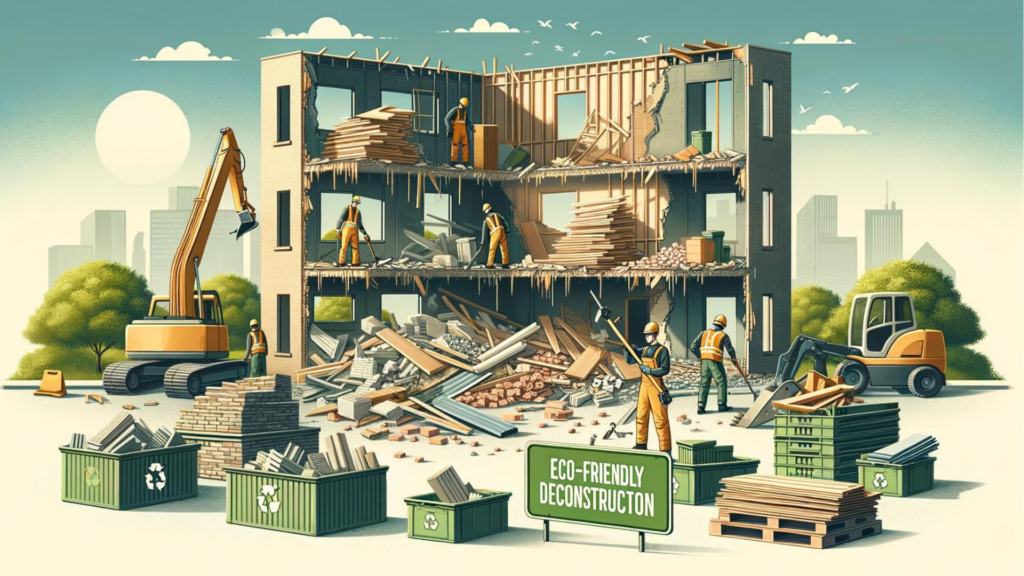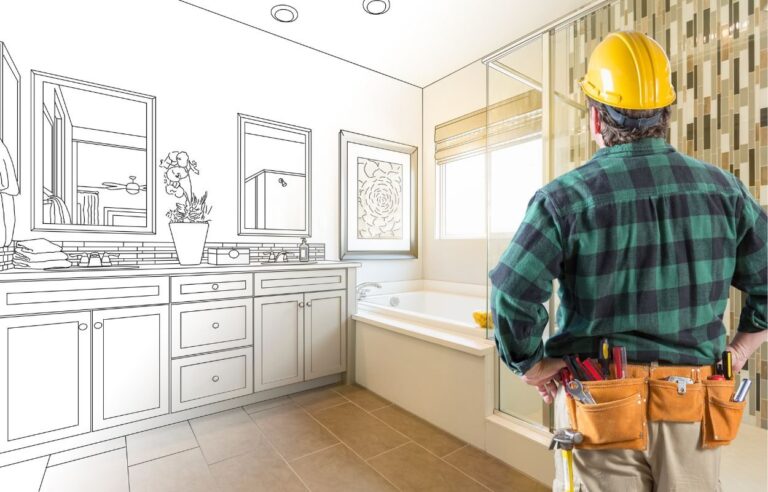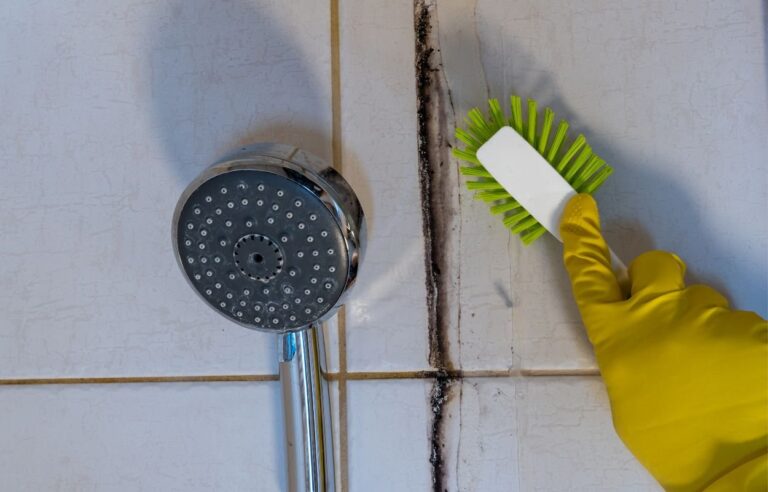How Deconstruction Contributes to Green Building Certifications
In the evolving landscape of sustainable construction, deconstruction plays a pivotal role in achieving green building certifications such as LEED (Leadership in Energy and Environmental Design), BREEAM (Building Research Establishment Environmental Assessment Method), and other green standards. These certifications recognize buildings that meet high environmental performance standards, and deconstruction can significantly contribute to the sustainability metrics required for these certifications. Here’s how:
1. Material Reuse and Recycling
Deconstruction involves carefully dismantling buildings to salvage materials for reuse and recycling. This practice directly supports several green building criteria by:
-
Reducing Waste: Diverting materials from landfills is a key component of green building certifications. LEED, for example, awards points for diverting construction and demolition debris from disposal.
-
Promoting Reuse: Materials such as bricks, lumber, fixtures, and architectural elements can be reused in new construction projects, conserving resources and reducing the need for new materials.
-
Supporting Recycling: Metals, concrete, and other materials can be recycled, reducing the environmental impact of extracting and processing new raw materials.
2. Reducing Environmental Impact
Deconstruction minimizes the environmental footprint of construction projects by:
-
Lowering Carbon Emissions: By reducing the need for new materials and minimizing waste, deconstruction helps lower the overall carbon emissions associated with construction projects. This is crucial for certifications like LEED, which prioritize reducing a building’s carbon footprint.
-
Conserving Natural Resources: By salvaging and reusing materials, deconstruction conserves natural resources, aligning with the sustainability goals of green building certifications.
3. Enhanced Indoor Environmental Quality
Materials salvaged through deconstruction often include high-quality, durable elements that contribute to the indoor environmental quality (IEQ) of new buildings:
-
Use of Non-Toxic Materials: Many older buildings contain high-quality materials that are free from modern synthetic chemicals, contributing to healthier indoor air quality.
-
Character and Aesthetics: Reused materials can add unique character and aesthetic value to new buildings, which can enhance occupant satisfaction and well-being.
4. Resource Efficiency
Green building certifications emphasize efficient use of resources throughout the building lifecycle. Deconstruction supports this by:
-
Efficient Material Management: Detailed planning and selective dismantling ensure that valuable materials are efficiently salvaged and reused.
-
Life Cycle Assessment (LCA): Deconstruction facilitates a more comprehensive life cycle assessment by providing accurate data on material reuse and recycling, which can be crucial for achieving certification points.
5. Innovation in Design
Deconstruction encourages innovative design strategies that align with the principles of sustainability and green building:
-
Adaptive Reuse: Integrating salvaged materials into new designs promotes creativity and innovation, which can be recognized under the innovation and design credits of green certifications.
-
Sustainable Building Practices: Utilizing deconstruction as part of a holistic approach to sustainable building practices can set projects apart and earn additional certification points.
6. Community and Economic Benefits
Green building certifications often consider the broader impacts of construction practices, including community and economic benefits:
-
Local Job Creation: Deconstruction is labor-intensive, creating local jobs and supporting the economy. This aligns with the social responsibility aspects of green certifications.
-
Material Donations: Salvaged materials can be donated to community projects or sold to support local economies, further enhancing the social value of deconstruction.
Conclusion
Deconstruction is more than just a method of dismantling buildings; it is a comprehensive approach to sustainable construction that aligns closely with the goals of green building certifications. By promoting material reuse, reducing environmental impact, enhancing indoor environmental quality, and supporting resource efficiency, deconstruction contributes significantly to achieving and exceeding green building standards. Embracing deconstruction not only helps projects earn valuable certification points but also fosters a more sustainable and resilient built environment.
Deconstructors demolition .inc 2024-05-13






